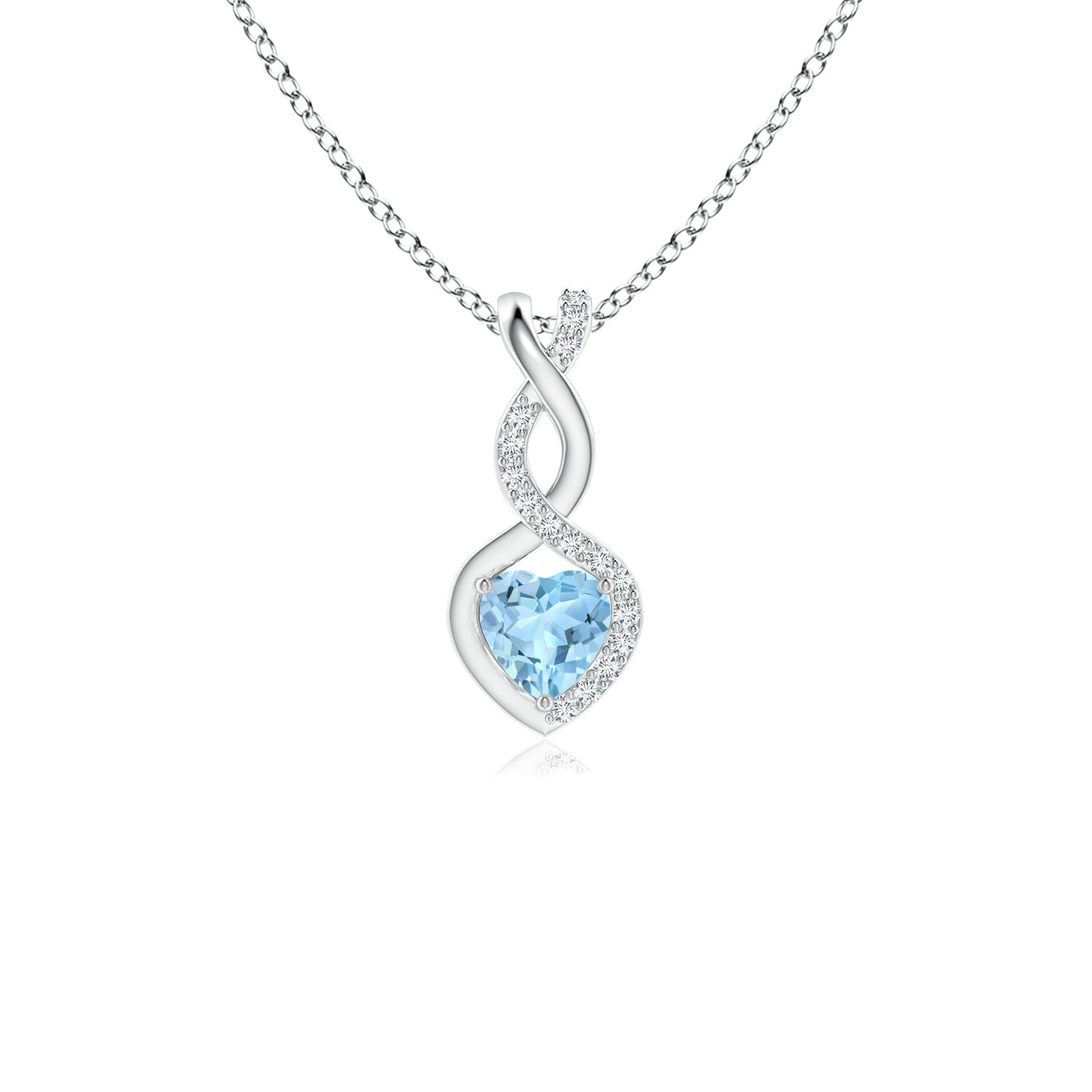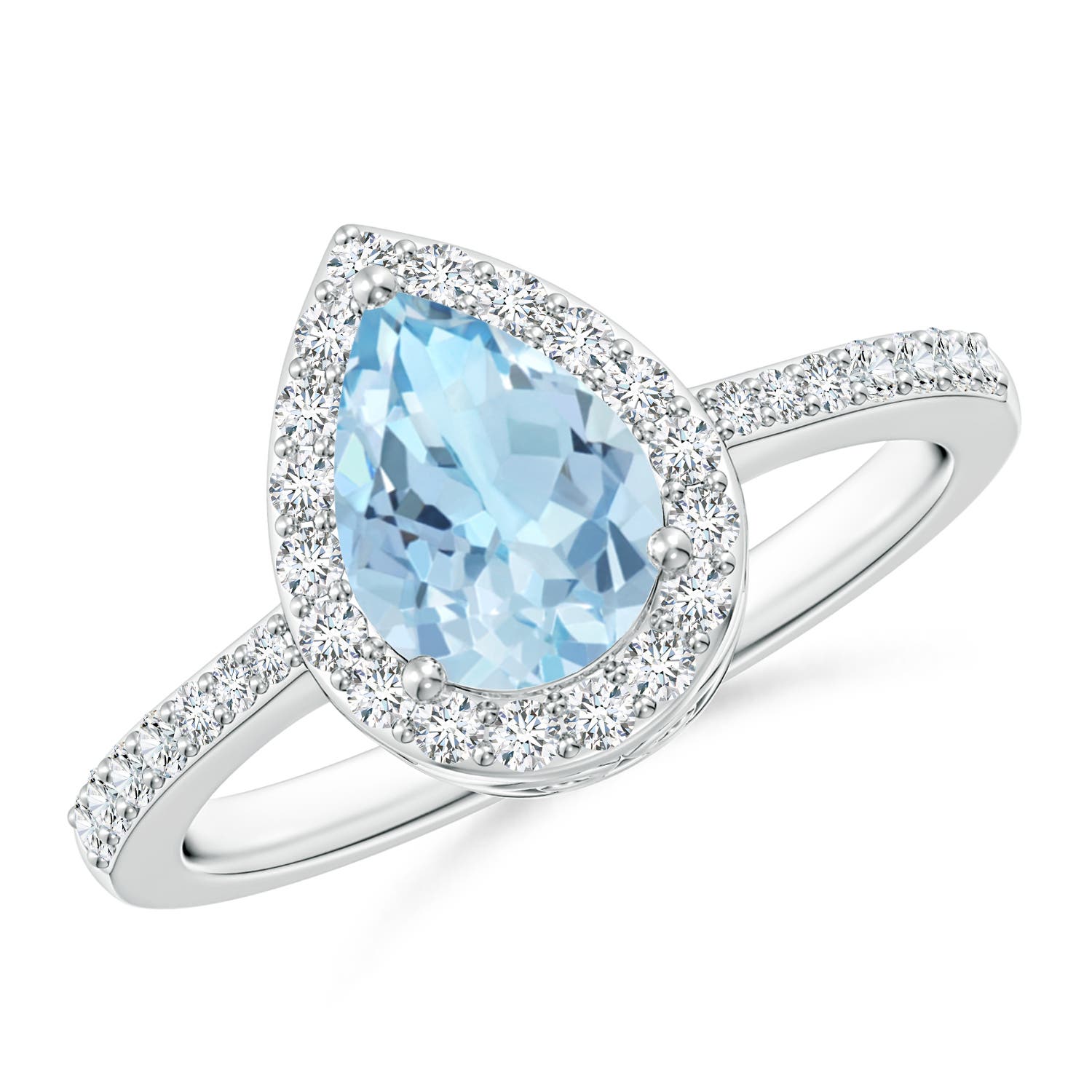Searching the web for the history of aquamarine? This blog has all the answers and nuggets of information you need.
Aquamarine is a combination of the Latin words marina, which means “of the sea,” and aqua, which means “water.” Beryl is a mineral rumored to provide wearers with defense against adversaries in conflict or legal proceedings. It also sharpens the mind and the user becomes more amicable.
History of Aquamarine
- More than four thousand years ago, aquamarine was first discovered in the era of the ancient Egyptians. The vivid blue rock was reportedly guarded as a prize by fabled mermaids. The idea that aquamarine is the fortunate stone of sailors comes from this folklore as well as the stone’s aesthetics. Mermaids held the blue mineral in such high respect that they would defend seafarers carrying it. This fabled past is a crucial component of the stone’s significance today.
- The stone maintained its stellar reputation throughout the Roman and ancient Greek periods. At the time, it was thought that the crystal-clear blue granite would ensure sailors’ safety when traveling by water. It was also discovered to be helpful for seasickness. The Romans recognised this application as very near to aquamarine’s essence and employed the stone to cleanse water. Wealthy Romans would use blue granite to construct goblets to maximise their cleansing properties. Aqua Marinus, Latin for “seawater,” was the original name given to the gemstone by a Roman fisherman.
- They thought it ensured a successful catch and brought fortune and wealth to those who carried it on their fishing boats. Ancient Roman physicians frequently employed the priceless stone to cure edema, poor digestion and other eating problems. All of these ideas have become ingrained in the aquamarine meaning through time. It was believed to shield the dark while assisting one in gaining the favor of good spirits. The symbolism of the gemstone aquamarine frequently includes references to eternal youth and bliss.
Also Read: Aquamarine Gemstone Astrological Benefits
- Aquamarine belonged to the sea goddesses, according to the ancient Egyptians. People in that time used amulets made of this stone often for health and pain treatment.
- Archaeologists have discovered gemstone beads in Egyptian sarcophagi and mummy pits.
- Queen Elizabeth II received an aquamarine necklace from the President of Brazil in 1953 and the royal highness was so mesmerised by the hue that she subsequently had a tiara constructed of them.
- Aquamarine is a semi-precious kind of beryl, similar to emerald, with slightly changing hues but generally constant transparency. Along with pure blue aquamarines, other ones are bluish-green or turquoise. They might be very black or barely coloured at all. Generally speaking, the darker they are, the more precious they are thought to be, although everyone has their particular tastes because beauty is in the eye of the beholder.
Also Read: What does the Aquamarine Represent?
Types of Aquamarine Since Historical Times
Aquamarine is a beautiful blue-green gemstone that has been prized by many cultures throughout history. Though it is most commonly associated with the colour blue, aquamarine can actually range in colours from pale blue to greenish-blue and even to a yellowish-green. The different colours of aquamarine are caused by different trace elements in the stone’s composition.
Aquamarine is a variety of mineral beryl, including emerald and morganite. The name “aquamarine” is derived from the Latin word for “sea water,” and it is said to have been used as a talisman by sailors to protect them from sea monsters and to bring them good luck.
Aquamarine is the birthstone for the month of March and the gemstone for the 19th wedding anniversary.
If you are interested in adding aquamarine to your jewellery collection, it is important to be aware of the different types of aquamarine. Here is a quick guide to the different types of aquamarine:
1. Brazilian Aquamarine: This is the most common type of aquamarine and it is typically a pale blue colour. Brazilian aquamarine is found in the state of Minas Gerais in Brazil.
2. Siberian Aquamarine: This type of aquamarine is named for the Ural Mountains in Siberia, where it is found. Siberian aquamarine is usually a deeper blue colour than Brazilian aquamarine.
3. Mozambique Aquamarine: This type of aquamarine is found in Mozambique, Africa. It is usually a green-blue colour but can also be a darker blue or light blue.
4. Morozco Aquamarine: This type of aquamarine is found in Morozco, Mexico. It is usually a greenish-blue colour but can also be a darker blue or light blueish.
Also Read: Does the Aquamarine Sparkle?
Aquamarine Colours
As its name implies, aquamarine’s most exquisite hues are reminiscent of the sea and the more the stone resembles a flawless, clear blue lagoon, the more desirable it is regarded being.
Dark blues and greenish blues are the most prized hues, although aquamarine enthusiasts also love the pastel or light hues of a delicately tinted crystal-clear gemstone.
The evenness of the colour or a uniform hue throughout the crystal with no discernible colour zoning is an essential component of the value of colour in aquamarine, as it is with other gemstones.
A very vivid blue gemstone known as the Santa Maria Aquamarine was first discovered in Santa Maria de Itabira, Brazil. They are the most expensive and in high demand but sadly, the original mine has almost run dry. Nowadays, an aquamarine crystal from anywhere with this specific colouration may be referred to as Santa Maria; however, more responsible gem sellers would specify the origin. For instance, certain stunning jewels from Mozambique and Zambia that are of a similar hue and saturation have been given the name Santa Maria Afrique to set them apart from the Brazilian mine.
Diverse viewing angles can cause aquamarine gemstones to change colour drastically; however, this is only really noticeable in strongly coloured stones, where the colour shift can range from a bright blue to nearly colourless.
Also Read: Guide to Wearing Aquamarine Jewellery
Additional Aquamarine Facts
Unquestionably one of nature’s beauties is aquamarine. An idyllic island’s shores come to mind when you gaze into one of these exquisitely cut, transparent diamonds.
Here are some facts about aquamarine–
- Aquamarine is a member of the beryl family of minerals, including emeralds and morganite.
- The name aquamarine comes from the Latin words for water and sea.
- Aquamarine is found in various colours but the most prized stones are those with a deep blue-green hue.
- Brazil is the leading producer of aquamarine, followed by Zambia, Madagascar and Pakistan.
- Aquamarine is the birthstone for the month of March.
- This gemstone promotes communication and understanding, making it ideal for those in relationships.
- Aquamarine is also known as the sailors’ stone, as it was said to protect against sea sickness and bring good luck.
- The most well-known member of the beryl family is emerald but aquamarine is a semi-precious stone that has long been used in jewellery and for spiritual healing.
Conclusion
When it comes to symbols of love and commitment, aquamarine engagement rings have become a hot favourite amongst modern-day couples. From classic chic ones to the more vintage kind, aquamarine rings spell elegance and sophistication in the most sublime way. If you are seeking an aquamarine ring, then cheque out Angara’s beautiful collection now.

































